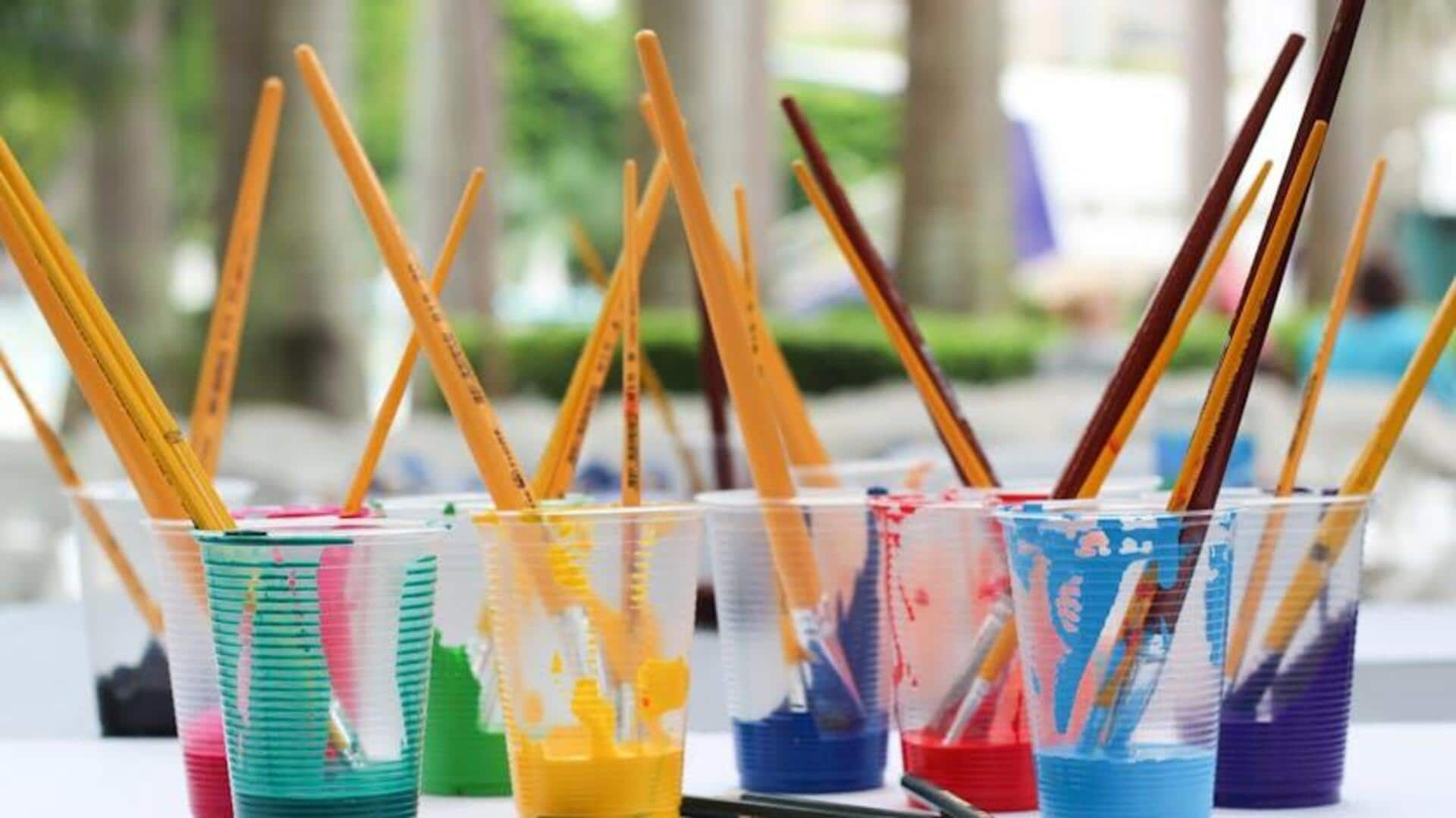
You can make your own African-inspired vegetable ink. Here's how
What's the story
Making African-inspired vegetable ink is a beautiful way to blend tradition and sustainability.
This tutorial teaches you how to create your own bright and beautiful inks using vegetables native to Africa.
Perfect for art, writing, or cultural exploration, these eco-friendly inks provide a special way to experience African history and are kind to our planet.
Choosing ingredients
Selecting your vegetables
Choosing the right veggies is key to creating vibrant vegetable ink.
Beets, spinach, and red cabbage are favorites for their intense colors and easy-to-find nature.
Each veggie offers a unique hue; beets create a rich red, spinach a beautiful green, while red cabbage can make both a lovely purple and a brilliant blue (depending on the pH level of the mixture you add it to).
Extraction process
Preparing your pigments
Once you've chosen your veggies, chop them up and simmer them in water for 30 minutes to an hour.
You want to reduce the liquid by half to concentrate the pigments.
Strain out the solids, and voila! You have a brightly colored liquid that will serve as the base for your ink.
Color enhancement
Adjusting color intensity
To fine-tune the vibrancy of your ink, try introducing tiny quantities of vinegar or baking soda while boiling.
Vinegar enhances colors, making reds and pinks from beets more vivid, whereas baking soda can turn red cabbage water into a striking blue color.
Playing around with these additives lets you adjust your ink's hue and saturation to your liking.
Longevity tips
Preserving your ink
Unlike commercially available inks, vegetable-based inks have a shorter shelf life due to their organic nature.
To extend their usability, add a few drops of alcohol as a natural preservative.
Storing your ink in sterilized jars and keeping them in cool places can also help prevent mold growth and fermentation.
This way, your African-inspired vegetable ink remains usable for longer periods.
Usage ideas
Application techniques
Your homemade vegetable ink isn't limited to just traditional writing or drawing; it's also ideal for stamping and fabric dyeing projects requiring natural colors.
For best results on paper, choose high-quality or watercolor paper that absorbs these inks well without bleed-through or smudging.
Pre-treat fabrics to improve dye absorption, guaranteeing bright and long-lasting colors.